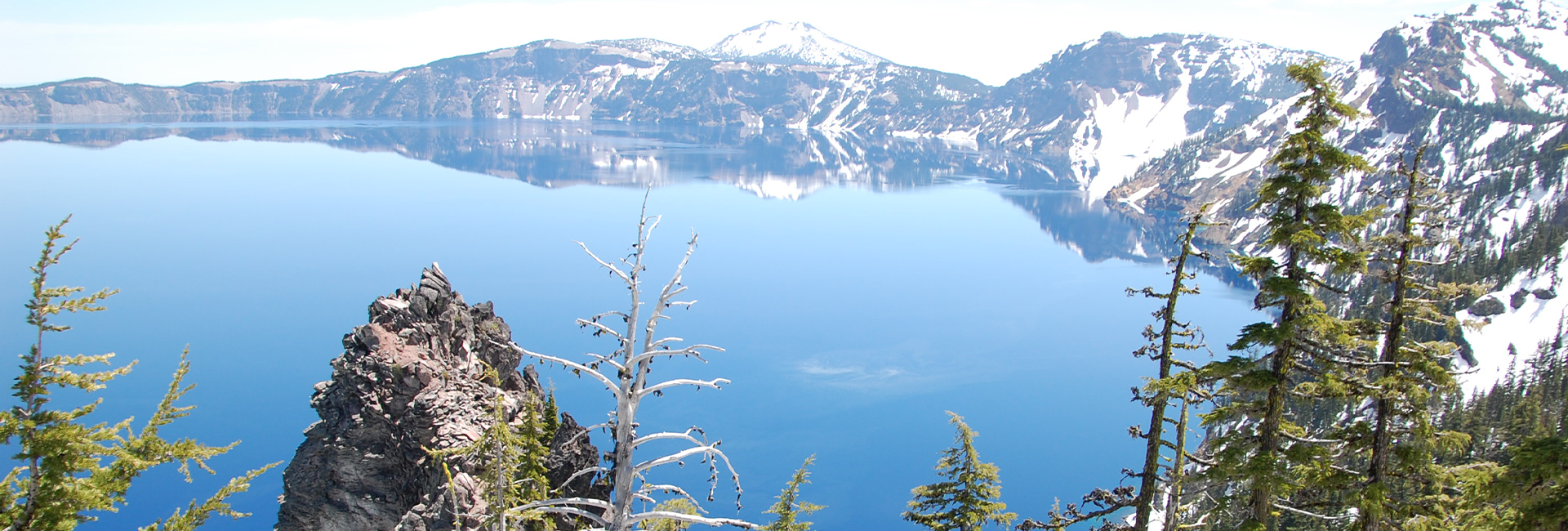Diffusion in common mineral phases. Part 1: pyroxene
As diffusion modeling to obtain timescales in igneous rocks became more widespread in the last 15 years or so, the method relied largely on compositional profiles in olivine and plagioclase (e.g., see a recent overview in Dohmen et al. 2017).
Pyroxenes provide a valuable alternative as well as extension to both of these systems because of a number of reasons: (a) they occur more widely in more silicic as well as alkaline systems, as well as in mantle rocks, metamorphic rocks and meteorites, and even somewhat exotic rocks characteristic of early Earth settings, such as Charnockites, (b) they crystallize earlier than plagioclase in many magmatic systems and contain a range of elements which diffuse at different rates (Cherniak and Dimanov, 2010), so that different segments of the magmatic history can be captured, and (c) the complexity of the phase diagrams allows diffusive features to develop in different parts of a given crystal on different scales (e.g. zoning at the rim, exsolution lamellae formed at different temperatures), which also allows different segments of the thermal history of a rock to be recorded. Pyroxenes are particularly interesting targets for diffusion chronometry because they may be zoned in many different ways (e.g., growth zoning, diffusion zoning, sector zoning). They show often multiple generations of growth zones (e.g., Fig. 1), which can be used for diffusion chronometry if diffusive overprinting occurs.
Making use of these opportunities, several studies have recently begun to apply diffusion chronometry to pyroxene crystals. However, such applications remain limited because of a number of reasons: (i) the effect of various intensive thermodynamic and compositional parameters on diffusion rates of elements in pyroxenes remain unquantified. For example, many igneous pyroxenes are more Fe-rich compared to the pyroxenes used in the diffusion experiments (Mg# 0.99-0.91) from which results are currently available. Al-content of pyroxenes (up to 8 wt% Al2O3 in Cpx) decisively affects diffusion rates (e.g. see Müller et al., 2013), and hydroxyl ions incorporated in pyroxenes are expected to have a strong influence on the point defect chemistry and hence diffusion rates (e.g., Yang et al. 2019). Natural pyroxenes may contain up to several hundreds of μg/g H2O (e.g., Skogby 2006; Mierdel et al. 2007). Similar shortcomings affect diffusion data for various trace elements in pyroxenes as well.
The objective of the current project is to make use of technical advances that have recently become available to address some of these shortcomings and generate new diffusion data in pyroxenes.
Investigators
Maria Dias, Ruhr-Universitaet Bochum
Ralf Dohmen, Ruhr-Universitaet Bochum
Harald Behrens, Leibniz Universitaet Hannover
References
Cherniak DJ, Dimanov A (2010) Diffusion in Pyroxene, Mica and Amphibole. Reviews in Mineralogy and Geochemistry 72:641–690. https://doi.org/10.2138/rmg.2010.72.14
Dohmen R, Faak K, Blundy JD (2017) Chronometry and Speedometry of Magmatic Processes using Chemical Diffusion in Olivine, Plagioclase and Pyroxenes. Reviews in Mineralogy and Geochemistry 83:535–575. https://doi.org/10.2138/rmg.2017.83.16
Mierdel K, Keppler H, Smyth JR, Langenhorst F (2007) Water solubility in aluminous orthopyroxene and the origin of Earth’s asthenosphere. Science 315:364–368. https://doi.org/10.1126/science.1135422
Müller T, Dohmen R, Becker HW, ter Heege JH, Chakraborty S (2013) Fe–Mg interdiffusion rates in clinopyroxene: experimental data and implications for Fe–Mg exchange geothermometers. Contrib Mineral Petrol 166:1563–1576. https://doi.org/10.1007/s00410-013-0941-y
Skogby H (2006) Water in Natural Mantle Minerals I: Pyroxenes. Reviews in Mineralogy and Geochemistry 62:155–167. https://doi.org/10.2138/rmg.2006.62.7
Yang Y, Ingrin J, Xia Q, Liu W (2019) Nature of hydrogen defects in clinopyroxenes from room temperature up to 1000 °C: Implication for the preservation of hydrogen in the upper mantle and impact on electrical conductivity. American Mineralogist 104:79–93. https://doi.org/10.2138/am-2019-6661
